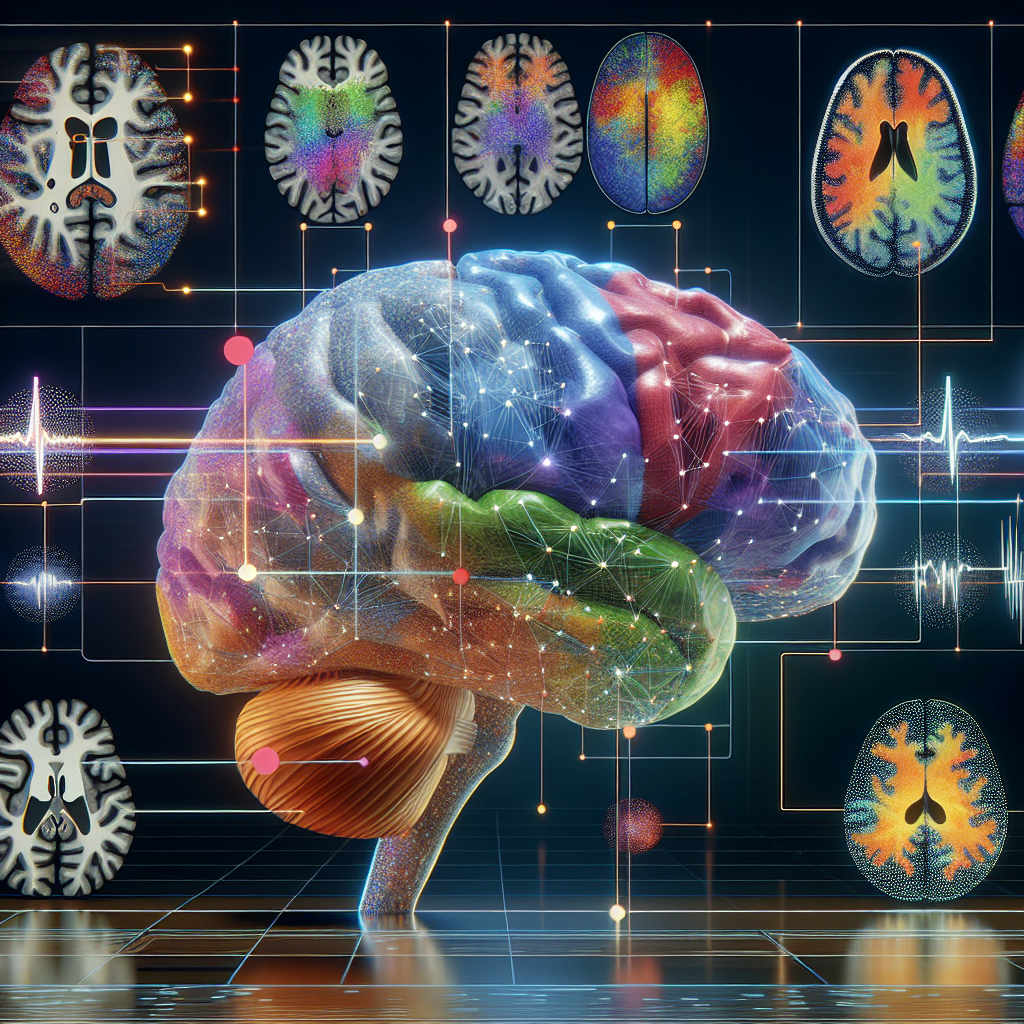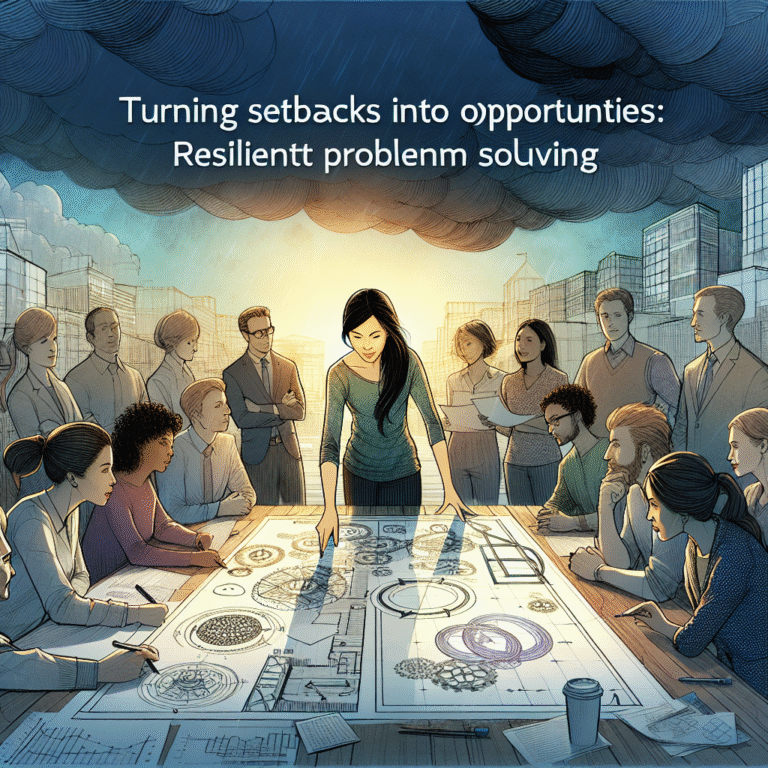
Introduction: The Unseen World of the Mind
Mental health issues affect millions globally, yet the complexities of the human mind often remain shrouded in mystery. Mapping the Mind: The Role of Brain Imaging in Understanding Mental Health offers a revolutionary lens through which we can explore these complexities, revealing insights that were once considered science fiction. Imagine being able to visualize anxiety, depression, or schizophrenia in a way that not only informs treatment protocols but also deepens our understanding of these conditions. As technology advances, brain imaging becomes an essential tool for researchers and practitioners alike.
In this article, we’ll delve deep into how brain imaging technologies like MRI, PET scans, and EEGs are transforming the landscape of mental health diagnostics and treatment, offering a clearer picture of what happens inside our minds.
The Evolution of Brain Imaging Technologies
1. A Brief History
From Early Beginnings to Modern Marvels
The concept of brain imaging dates back to the early 20th century. Although rudimentary in its inception, X-rays paved the way for future imaging techniques. The 1970s saw the introduction of the first MRI machines, fundamentally changing how we visualize the brain. Fast forward to today, and we are equipped with an array of imaging technologies that allow for unprecedented insights into mental health.
- Table 1: Evolution of Brain Imaging Techniques
| Year | Technology | Key Features |
|---|---|---|
| 1971 | CT Scan | First detailed brain images |
| 1980s | MRI | Non-invasive, high-resolution |
| 1992 | PET Scan | Metabolic activity visualization |
| 2000s | fMRI | Real-time brain activity tracking |
| 2010s | EEG | Brain wave monitoring in real-time |
Understanding Different Brain Imaging Techniques
2. The Science Behind the Imaging
The human brain functions through intricate networks of neurons, and various imaging techniques offer different perspectives on its structure and function:
a. Magnetic Resonance Imaging (MRI)
MRI provides high-resolution images of brain anatomy, enabling the identification of structural abnormalities. For instance, researchers have used MRI to discover differences in the grey matter volumes of individuals with depression versus those without.
b. Functional Magnetic Resonance Imaging (fMRI)
While MRI shows structure, fMRI illustrates function by measuring changes in blood flow. This technique allows scientists to observe brain activity in real-time, particularly in response to stimuli such as stressors or therapeutic interventions.
c. Positron Emission Tomography (PET)
PET scans measure metabolic activity by using radioactive tracers. This can be particularly insightful in conditions like Alzheimer’s, where glucose metabolism patterns can indicate the presence of brain impairment.
d. Electroencephalography (EEG)
EEG involves placing electrodes on the scalp to measure electrical activity. This technique is often used to study brain activity during different mental health states, providing real-time data that helps researchers understand mood disorders.
Case Studies: Real-World Applications
3. Dementia Diagnosis and MRI
A pivotal case study involved a group of elderly patients showing early signs of dementia. Through MRI imaging, researchers accomplished a detailed mapping of brain atrophy, confirming the diagnosis of Alzheimer’s disease at an early stage. This allowed for timely intervention, improving the quality of life for many individuals.
4. Depression and fMRI Research
A landmark study employing fMRI found that patients diagnosed with major depressive disorder exhibited heightened activity in the amygdala—even when at rest. By mapping these brain activity patterns, clinicians could tailor treatments more effectively, targeting specific pathways associated with depression.
How Brain Imaging Shapes Treatment Protocols
5. Tailored Therapies and Treatment Options
The insight gained from brain imaging has led to a more personalized approach in mental health care. These developments include:
- Targeted Psychotherapy: Therapists can employ techniques specifically designed to engage networks highlighted by imaging.
- Medication Management: Understanding individual brain chemistry can guide the selection of the most effective medications.
6. Limitations and Challenges
While brain imaging is a powerful tool, it is not without challenges. High costs, accessibility issues, and interpretation difficulties can limit its use. Nevertheless, the advantages of these technologies often far outweigh the hurdles.
The Future of Brain Imaging in Mental Health
7. Advancements on the Horizon
Emerging technologies like machine learning and artificial intelligence hold the potential to further enhance brain imaging. Imagine algorithms able to predict mental health outcomes based on imaging data. This could revolutionize mental health management.
8. Integrative Approaches
Combining brain imaging with genetics and behavioral health assessments may soon lead to a holistic view of mental health. This integrative approach can ensure that everyone receives the best care tailored to their unique profiles.
Conclusion: Inspiring a New Era in Mental Health
As we continue Mapping the Mind: The Role of Brain Imaging in Understanding Mental Health, the implications of these advancements become more profound. Brain imaging is not just a tool; it’s a gateway into the depths of our minds, illuminating areas previously hidden in darkness. By marrying research with practical applications, we can better equip ourselves to face the mental health challenges of tomorrow.
Call to Action
Seek out information and support surrounding mental health. Whether you’re a patient, caregiver, or healthcare professional, being informed is the first step towards making a difference.
FAQs
1. What is the best brain imaging technique for diagnosing mental health issues?
There is no one-size-fits-all answer, as the "best" technique often depends on the condition being examined. However, fMRI is particularly useful for understanding functional changes, while MRI provides a structural overview.
2. Are brain imaging scans safe?
Yes, most brain imaging modalities, such as MRI and fMRI, are considered safe, as they do not use ionizing radiation. However, patients with certain implants should consult their healthcare provider before undergoing any scan.
3. How does brain imaging impact treatment?
By revealing neurobiological changes associated with mental health disorders, brain imaging allows practitioners to tailor specific treatments, improving effectiveness and patient outcomes.
4. Will brain imaging replace psychological assessments?
Not entirely. While brain imaging enhances our understanding, psychological assessments remain crucial to providing comprehensive care. They address emotional and social factors that imaging cannot.
5. Can brain imaging predict mental health issues?
While it can indicate risk factors and reveal underlying issues, brain imaging alone cannot predict the onset of mental health disorders. It is most effective when combined with other assessment methods.
In summary, the endeavor of Mapping the Mind: The Role of Brain Imaging in Understanding Mental Health is an ongoing journey that promises to reshape our understanding of mental health. With each technological leap, we inch closer to a future where mental health can be as thoroughly understood and treated as physical health.














